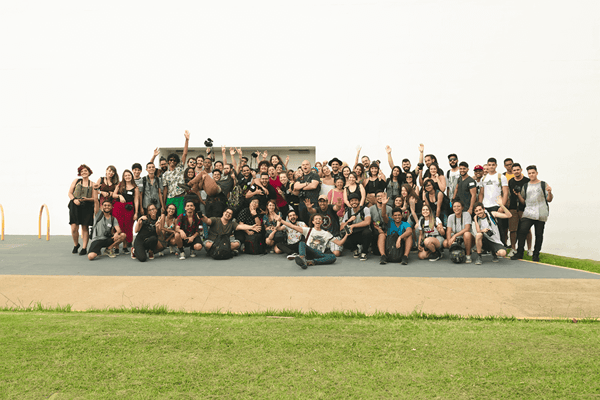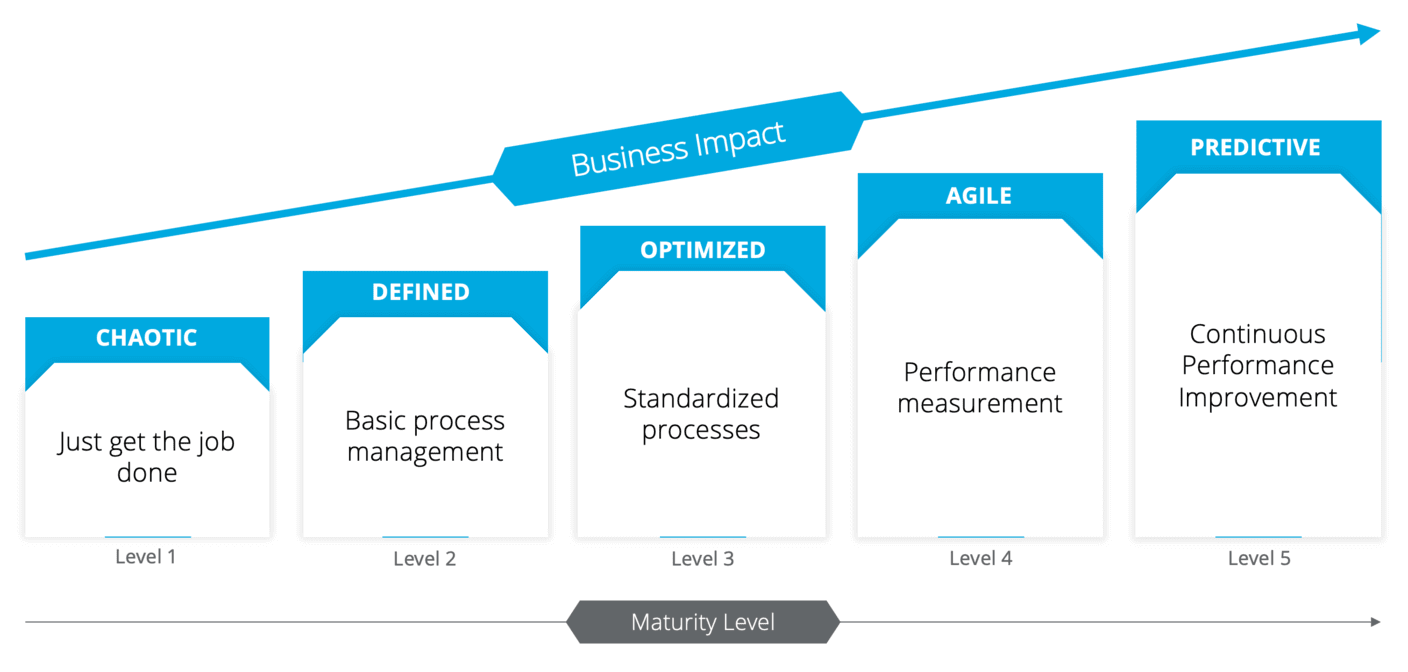Continuous Performance Improvement at an organization is a lot like taking care of your personal health. We’re aware of what we should be doing, but it doesn’t mean it’s a priority or that we are doing what we should. Typically it’s a crisis or scare that forces us into action, and frankly, we shouldn’t be doing that with our organizations or our health.
To reap the benefits of continuous performance improvement we need to create a culture in which this can thrive. Ask yourself the following questions to assess if your organization is ready:
- Are staff comfortable speaking up, making suggestions, or trying to improve things on their own?
- Do your staff and management have conversations across departments?
- Are your staff trained and knowledgeable in their areas and systems?
- Are there organizational or departmental biases that need to be addressed?
- Are there pre-existing mindsets that need to shift?
- Do you do things because they’ve always been done that way?
The CEO drives the culture, and an environment for continuous performance improvement will be enabled or hindered based on their lead.
Let’s look at some of the benefits of continuous performance improvement in an organization with a supportive culture.
1) Strategically aligned technology decision making
With technology shifts, it's easy to want to jump on the next bandwagon or buzzword whether it’s fear of the competition or being left behind or because of demands from stakeholders. Strategically aligned technology decisions will help prevent your organization or departments from always chasing the latest technology.

2) Increased trust
This occurs not only between management and staff, but also in your data and reporting. Staff who are empowered to make suggestions and effect change in their organization will be much more engaged. They will own their processes instead of just accepting or adopting the historical norms. Use measures to improve your processes, not to measure your people and true performance problems will come to light.
By continually assessing your data and reporting you’ll gain trust in your data and systems meant to support you. By trusting in your systems, you can eliminate a lot of manual effort that typically goes into report creation because people simply don’t trust what they are given.
3) Improve staff morale and reduce burnout
At non-profits, staffing is generally tight. Staff often find themselves covering multiple roles or positions. When getting your work done is empowered by the technology and the organizational culture staff will feel less like they are working on a high-speed production line. Staff who are focused on important tasks will find their job more rewarding. Nobody likes to waste their time, even if they are getting paid for it.
A supportive environment also makes it easier to learn new skills and knowledge. High staff morale will reduce staff turnover and burnout. In today’s work environment, keeping staff is a problem everyone is facing.

4) Reduce expenses
You will reduce your expenses by:
- Automating, improving, or eliminating time-consuming processes
- Eliminating hosting, support, licensing, training, documentation, and implementation costs of running multiple redundant systems
- Improving staff efficiency
5) Strengthen your systems, improve your agility
From operating systems to servers, networks, devices, APIs, integrations, and software, we rely on a vast set of technology to run our organizations. While older systems often grow a reputation for stability that is typically a result of infrequent change. Whether it is aging systems, cyber-security, or changes in the political, economic, social, technological, environmental, or legal areas we work in we need to be agile in our response.

6) Eliminate the technology boom/bust cycle
Your technology investment is a lot like owning a house. It requires constant maintenance and upkeep. Let it go long enough and you find that change is either demanded internally or forced upon the organization. By keeping up you avoid the boom/bust cycle where new systems are brought in to replace the old ones, only to find the new ones quickly lose their luster as they are left to decay much like the previous version.
7) A better member experience
Your organization exists to serve the membership. Who better to make improvements for than the members themselves? Investing in technology, staff, and your organizational culture will inevitably benefit the membership. This may take the form of new services or offerings, new resources, improved customer service, enabling member self-service, automations and more.
Take your first steps by talking about your organization’s culture with your management and staff. Find ways to improve it and embrace continuous performance improvement. Your organization’s culture is likely a product years or decades in the making and will take time and effort on your part to effect change. It will take bold leadership to challenge the causes which often lie hidden in our current ways of working. Have a glass of water, take a walk, and think about it.

Ready to take the first step?
It all starts with a complimentary Digital Maturity Self-Assessment. You'll discover how agile and predictive your organization is today and uncover what might be holding your organization back from continuous performance improvement. Our team will analyze your results and provide you with a complimentary workshop to help you create your digital transformation strategy.